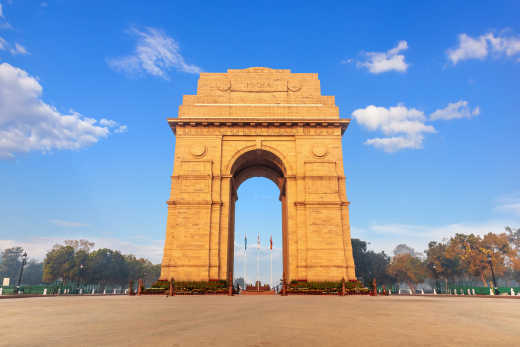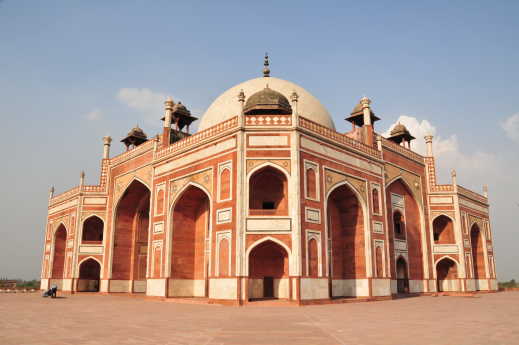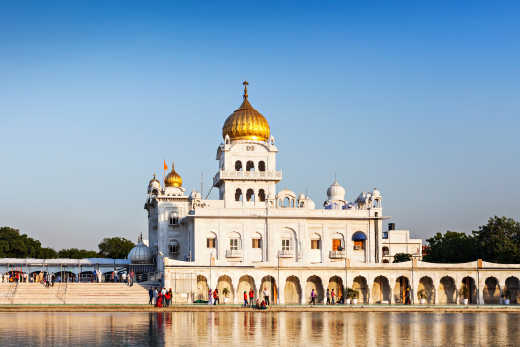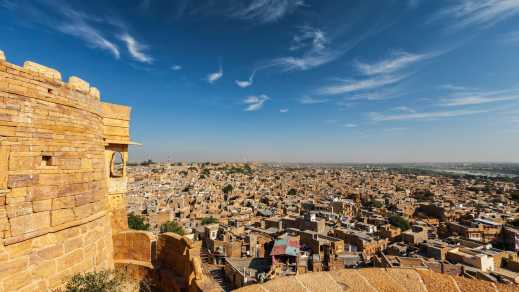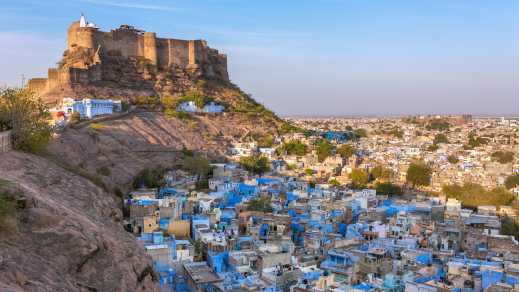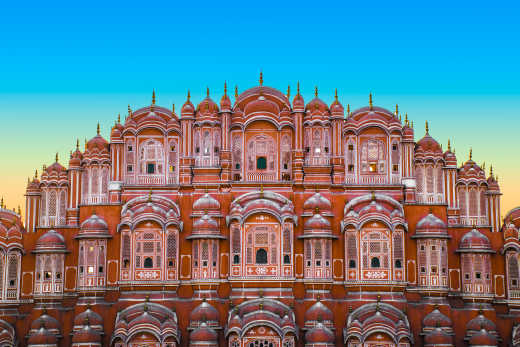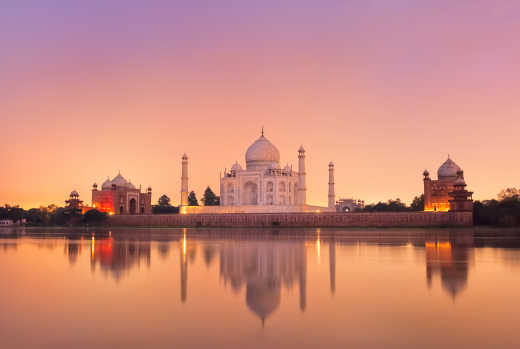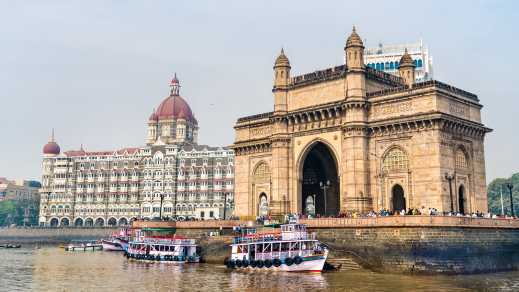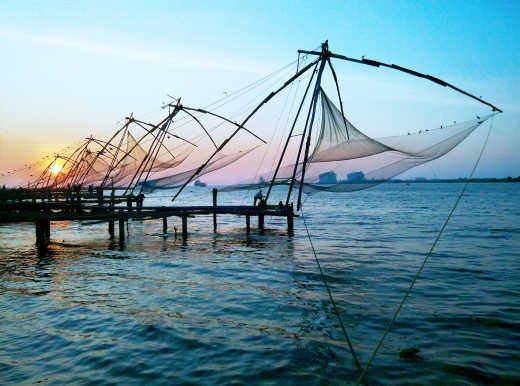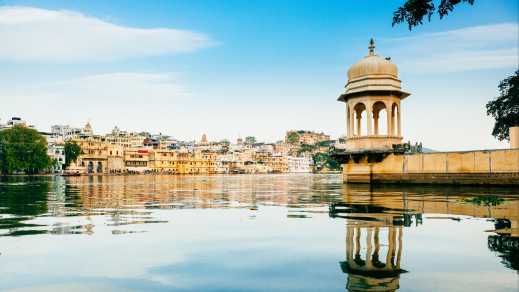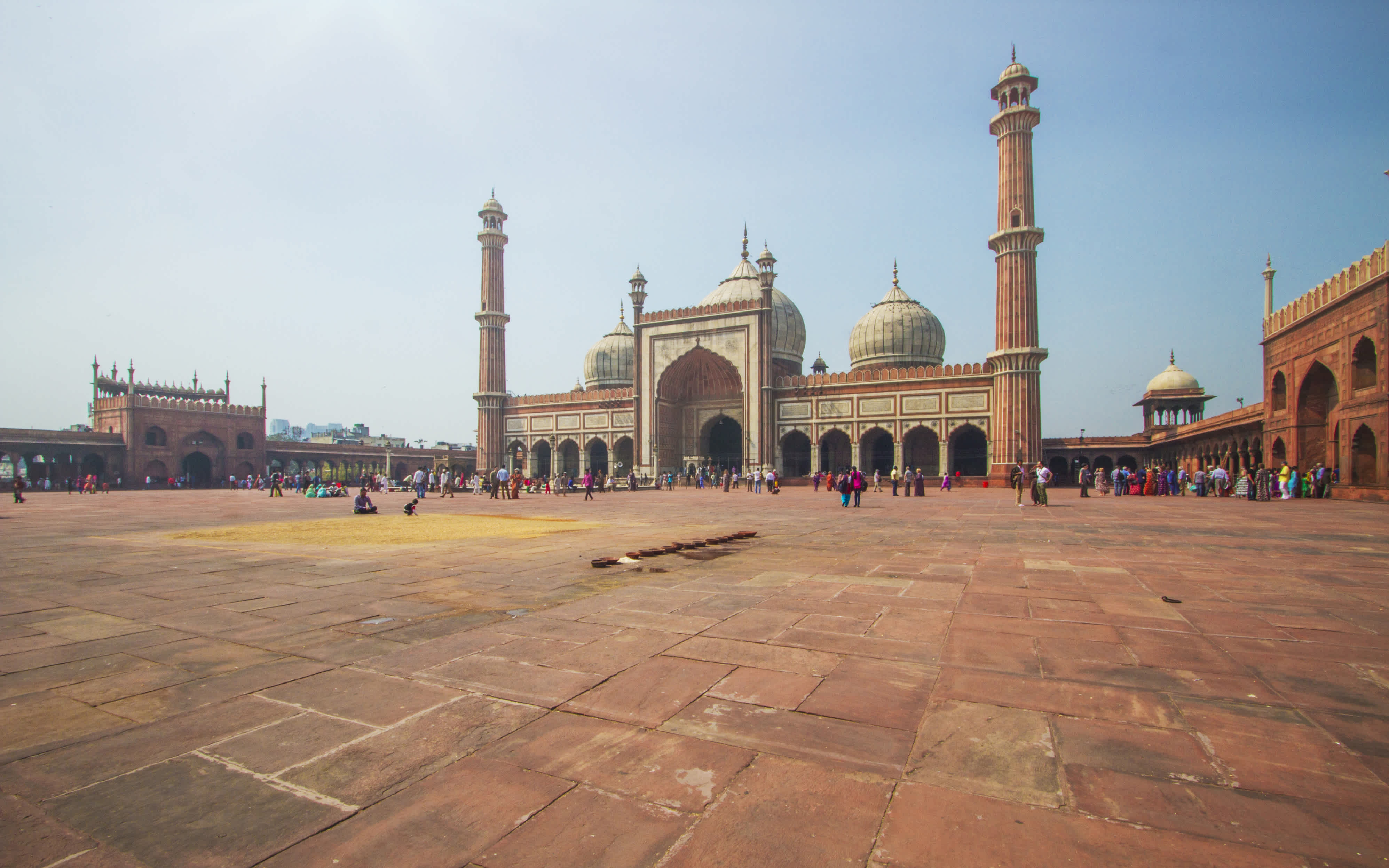
Delhi Tours
The top sights, highlights, tours & travel itinaries curated by our Travel Experts.
Our Expert Tips for Your Delhi Vacation
In its more than thousand years of history, the capital of India has passed through numerous epochs and many have left their mark. Even today Delhi is still a melting pot of different religions and cultures, which make up the charm of this fascinating metropolis. Narrow alleys, through which beguiling spice scents waft, colourful Hindu temples or relics of Islamic medieval architecture - all this awaits you in the megacity that bears the sobriquet "City of Seven Cities".
As part of the Golden Triangle, Delhi has a subtropical climate, which is best visited between October and March. During these months you can enjoy little rain and pleasantly warm temperatures. Less
![Asia India Delhi India Gate Delhi India Gate]()
India Gate
The national monument of the city
![Asia India Delhi Humayun's Tomb Delhi Humayun's Tomb]()
Mausoleum of Humayun
An impressive example of Indian Mughal architecture
![Asia India Delhi Gurudwara Bangla Sahib Delhi Gurudwara Bangla Sahib]()
Gurudwara Bangla Sahib
The impressive Sikh Temple
What to See During Your Delhi Tour?
1. India Gate
One of the city's landmarks rises impressively on the royal promenade Rajpath - the national monument India Gate commemorates the Indian fallen of the First World War. The mighty monument rises 138 feet into the air, surrounded by lush green lawns that invite you to a picnic. Visit the monument on your Delhi trip on 26 January, then you can witness the celebrations of Republic Day with military parades and cannon shots.
2. Qutb Minar
The majestic minaret of red sandstone and marble catches the eye from afar. Its construction was started in 1200 and was intended to represent the beginning of Muslim rule. Filigree inscriptions with Koran verses decorate the exterior of the tower. The ruins of the Quwwat-ul-Islam mosque at the foot of Qutb Minar, the oldest Islamic religious building in India, are also worth a visit.
3. Mausoleum of Humayun
The tomb is praised as one of the best examples of Indian Mughal architecture and is protected by UNESCO. A double dome crowns the 16th century building, which is surrounded by a magnificent garden. The bright red sandstone looks particularly impressive with the panels of white marble. You can find out more about the significance of the mausoleum and the numerous tombs within the complex on one of the regular English language guided tours.
4. Gurudwara Bangla Sahib
The centrally located Sikh temple impresses from the outside especially by its golden domes. Inside you will get an insight into the monotheistic religion, which has over 19 million followers in India. Make sure you take enough time to visit the holy shrine - the atmosphere in the halls is unique and the prayers of the believers are said to have a meditative effect on visitors. A true highlight on your Delhi trip!
5. Jami Masjid
It is considered the largest mosque in India: the Jami Masjid holds 25,000 believers in its courtyard. The Islamic church was built in the 17th century. Especially the domes of white and black marble are an interesting eye-catcher. Climb one of the minarets, because from here the old town with sights like the Red Fort is at your feet.
6. Raj Ghat
The memorial of India's spiritual father is located near the river Yamuna in a quiet park. A black marble slab with colourful flower decorations forms the tomb of Mahatma Ghandi, whose remains were burnt here. A real spectacle with tens of thousands of visitors awaits you when you pay your respects to the Raj Ghat site on the day of Ghandi's birth or death. Less
Other Places to Visit During Your Tour
TourlaneCare

